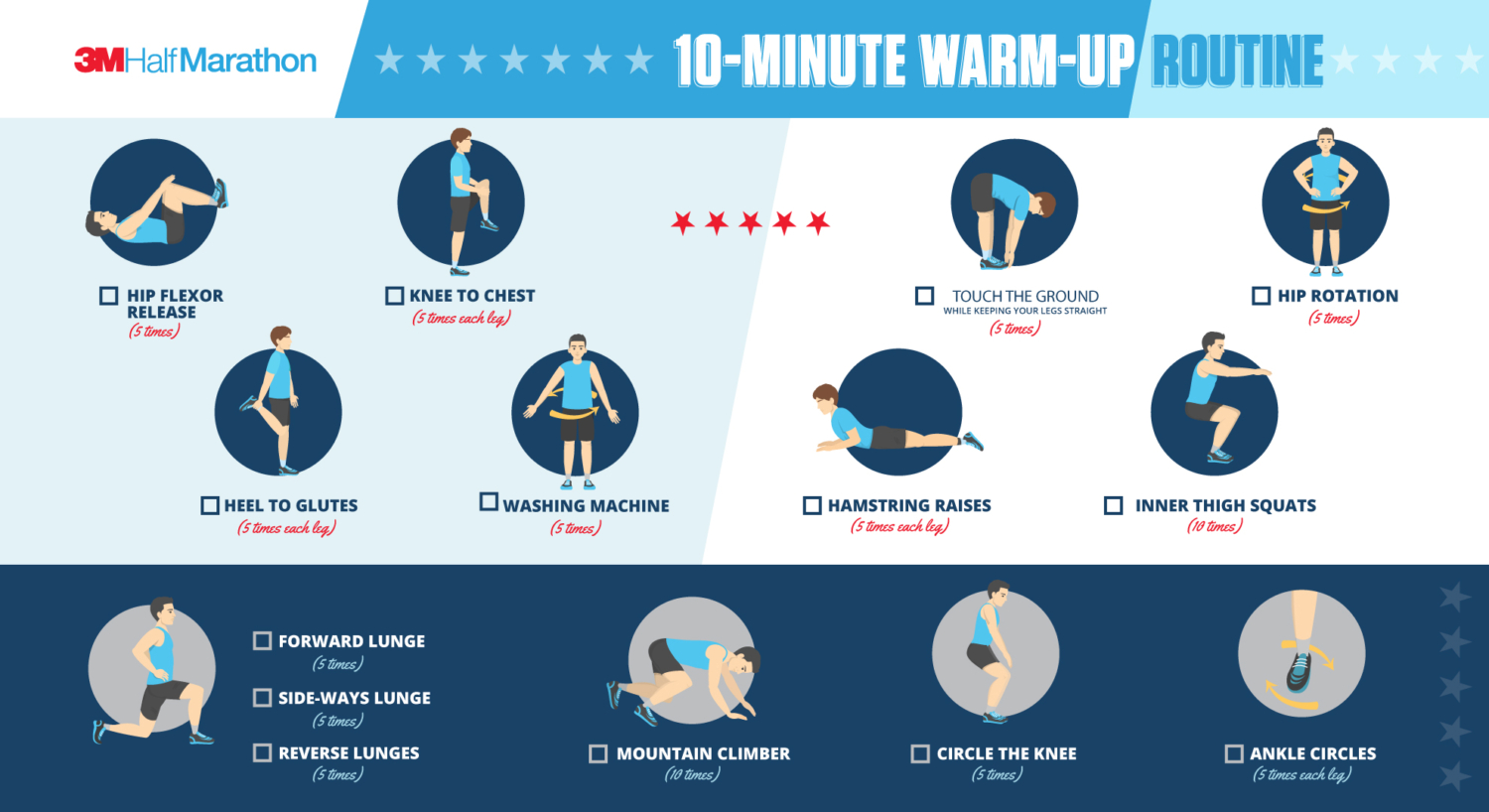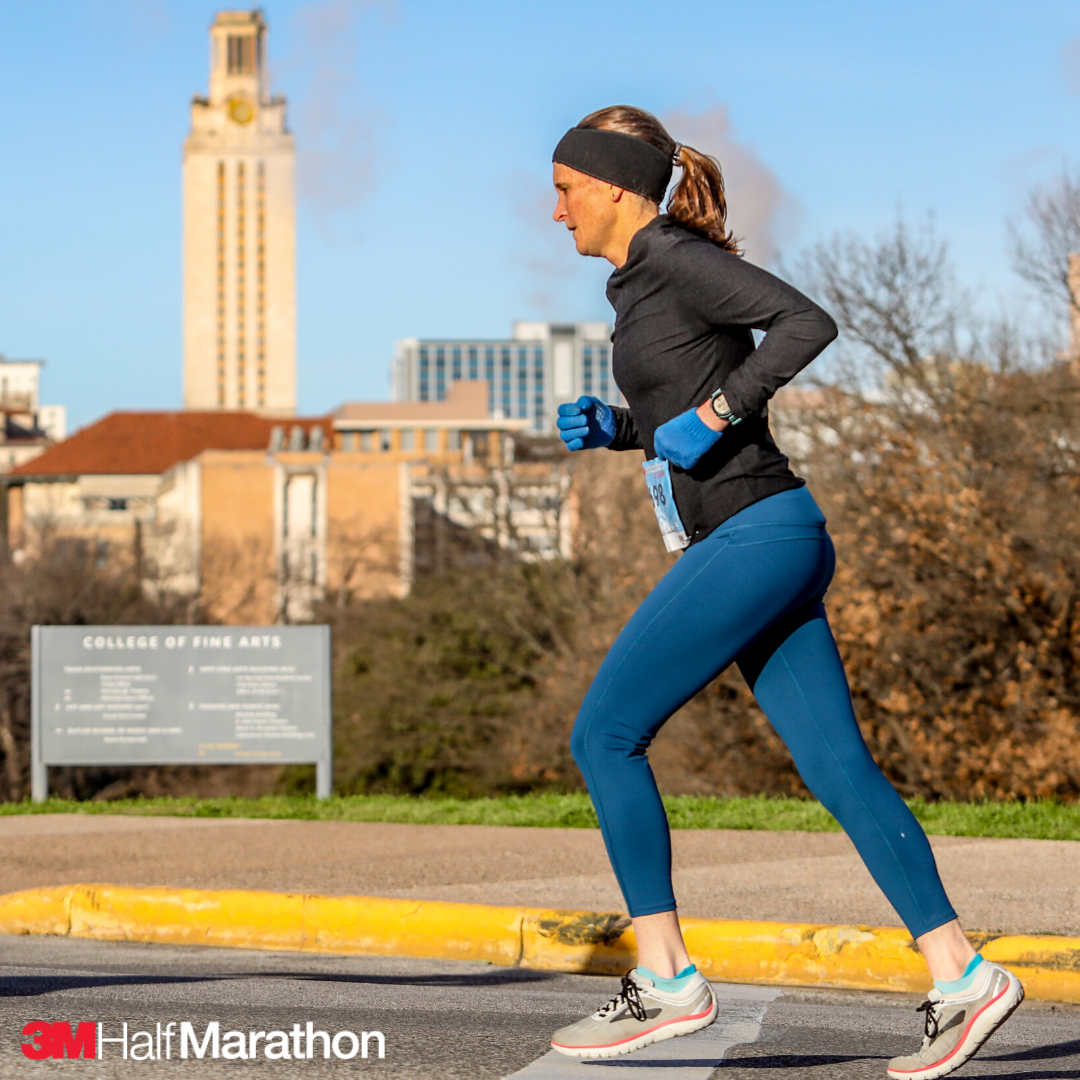Don’t begin your next run until you learn how to effectively warm-up
Going out on a run can be risky if you haven’t effectively warmed up. Warming up has a crucial role to play in how well your body will perform during your run. If you don’t effectively warm-up, you could feel more tired or your muscles could start to cramp within the first mile of your run. Follow our warm-up routine below and avoid these five training mistakes to keep everything running smoothly.
Benefits of warming up before running
A good warm-up helps the body get ready for a workout. It activates the muscles and helps you run faster and for longer. Without warming up, your muscles will be turned off. This is normal, especially for people who go on runs either in the morning or after work.
A good warm-up routine helps you by:
- Activating the muscles in your body and prepping them for your run.
- Improves circulation within the body. This means that oxygen and other important nutrients are being transferred more efficiently.
- The joints of the body become better prepared to successfully complete the run.
- The muscles are warmed up. This gives you better stamina and allows you to run longer.
- Avoid cramps, pain, or running injuries like shin splints.
But just any warm-up routine won’t do. Your routine needs to be tailored to meet your specific requirements and body types. A 37-year-old who enjoys morning runs will have different requirements than a 25-year-old preparing for a marathon. In both cases, however, the right warm-up routine can make all the difference between a successful run and a difficult one.
How to effectively warm-up
As a runner, you’ll want to focus on stretches and exercises for your legs. The legs are the most important part of the body for the runner and you should devote more exercises to activating your leg muscles. For runners, static stretching is a bad idea. When you do your exercises, your body responds by lengthening your muscles. This is due to the stretch reflex. When you warm up, it is to activate this stretch reflex.
When the stretch reflex expands the muscles, the spindles in the muscle send information to the spinal cord. The spinal cord responds by relaying information on shortening the muscles. This relationship between lengthening and shortening muscles is the result of a good warm-up routine.
Static stretching lengthens the muscles even more without the required shortening happening later. This is not ideal for runners when warming up. Instead, dynamic stretching works best for warm-up.
Good warm-up routine
 A good warm-up routine will include all the exercises necessary to make your run a success. This is a combination of releases, lunges, squats, and other exercises. If you go on a short half an hour run, a five-minute warm-up can suffice. But longer runs or more complicated routes need better warm-ups. An effective warm-up routine is especially critical to runners returning to the sport after taking time off or recovering from injury.
A good warm-up routine will include all the exercises necessary to make your run a success. This is a combination of releases, lunges, squats, and other exercises. If you go on a short half an hour run, a five-minute warm-up can suffice. But longer runs or more complicated routes need better warm-ups. An effective warm-up routine is especially critical to runners returning to the sport after taking time off or recovering from injury.
Here is a 10-minute warm-up routine for a one-hour run.
- Hip flexor release (5 times)
- Knee to chest (5 times each leg)
- Heel to glutes (5 times each leg)
- Washing machine (5 times)
- Touch the ground while keeping your legs straight (5 times)
- Hip rotation (5 times)
- Hamstring raises (5 times each leg)
- Inner thigh squats (10 times)
- Forward lunge (5 times)
- Side-ways lunge (5 times)
- Reverse lunges (5times)
- Mountain climber (10 times)
- Circle the knee (5 times)
- Ankle circles (5 times each leg)
You can also include skipping. A good warm-up routine will help you finish your runs with your body feeling great. Prep your body for your runs to get the most out of running. Do you have a specific routine to effectively warm-up? Let us know in the 3M Half Marathon Facebook Group or Twitter!





